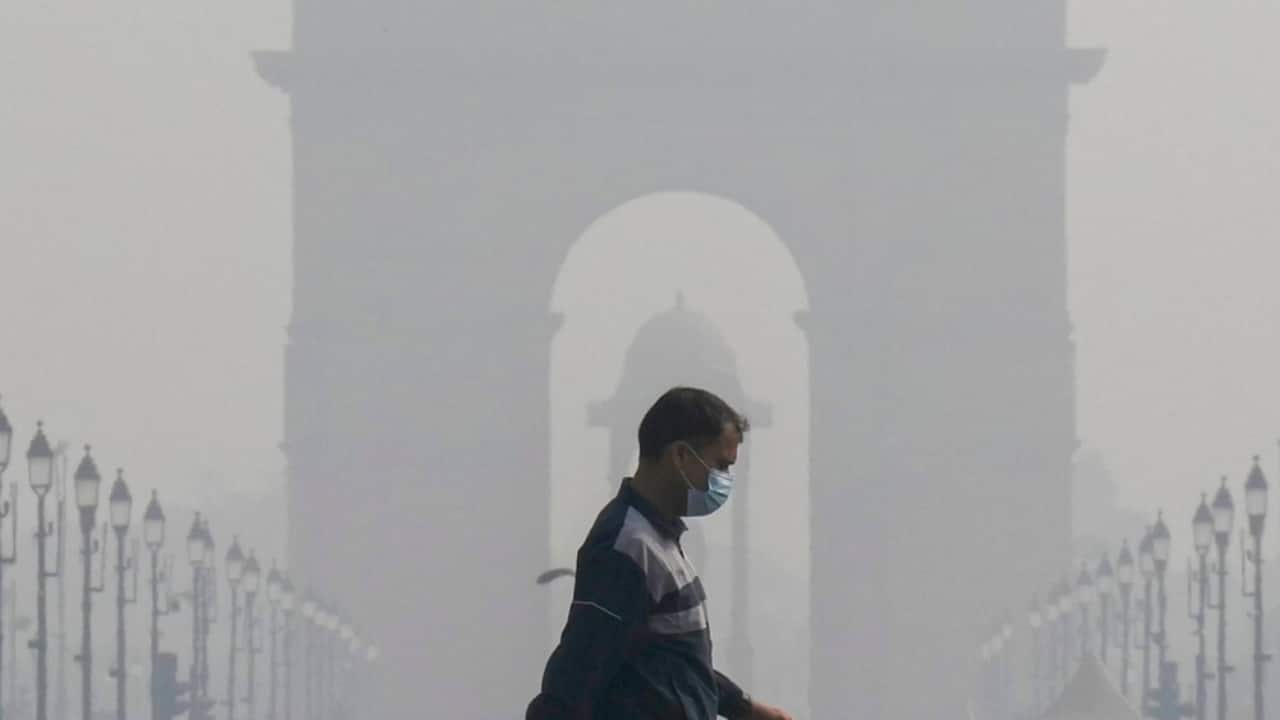 |
|
The alarming deterioration of Delhi's air quality, reaching hazardous levels with an Air Quality Index (AQI) exceeding 700 in several areas, prompted a swift and decisive response from the Supreme Court of India. The court's urgent intervention underscores the gravity of the situation and the pressing need for immediate action to mitigate the severe health risks posed by the toxic air. The unprecedented levels of pollution necessitate a comprehensive and stringent approach to curb the sources contributing to this environmental crisis. The court's order to implement GRAP 4 restrictions, even when the AQI dips below 450, reflects a proactive stance aimed at preventing future surges in pollution. This proactive measure highlights the court’s determination to ensure sustained improvements in air quality, rather than merely reacting to crisis levels.
The Supreme Court's sharp criticism of the Commission for Air Quality Management (CAQM) and the Delhi government for their delayed implementation of air quality restrictions reveals a significant gap between policy formulation and effective execution. The court's frustration stems from the lack of timely and decisive action, highlighting the systemic challenges in enforcing environmental regulations. The apparent failure to effectively monitor and enforce existing curbs underscores the need for more robust regulatory frameworks and enhanced accountability mechanisms. The court's pointed questions regarding the monitoring of construction activities reveal a lack of transparency and oversight in enforcing the ban on construction and demolition activities, crucial components of the GRAP 4 restrictions. The judge’s visible shock at the ongoing construction directly outside the court highlights the blatant disregard for the court's directives and the urgent need to address the issue.
The senior advocate's revelation that construction work continued unabated, even in the immediate vicinity of the Supreme Court, during the hearing itself, proved to be a deeply unsettling moment. This stark revelation underscored the systemic challenges in enforcing environmental regulations and the widespread lack of compliance. The judge's immediate reaction – requesting the presence of the secretary general – demonstrates the gravity of the situation and the court's determination to address the blatant disregard for its orders. This incident underscores the urgent need for stricter enforcement of environmental laws, coupled with increased transparency and accountability to ensure compliance. The incident also brings to light the potential need for improved communication and coordination between the judiciary, the executive branch, and local authorities in enforcing environmental regulations effectively. The ongoing construction, directly contradicting the court's orders, symbolizes a deeper problem: a failure to prioritize environmental protection and public health over economic interests.
The implementation of GRAP, first introduced in 2017, represents a structured approach to managing air quality based on the severity of pollution levels. However, the current crisis indicates that the existing framework may require significant revisions to ensure its effectiveness in tackling increasingly severe pollution episodes. The court's decision to mandate the continued application of GRAP 4 restrictions, even below the 450 AQI threshold, reflects a crucial shift towards a proactive and preventative approach to air quality management. This proactive strategy aims to prevent future surges in pollution, recognizing that reactive measures alone are insufficient to address the persistent and worsening air pollution crisis. Furthermore, the incident highlights the need for stronger public awareness campaigns to encourage greater citizen participation and compliance with environmental regulations. The collective effort of the government, regulatory bodies, and the public is crucial in combating this serious health threat.
The ongoing air pollution crisis in Delhi necessitates a multi-pronged approach involving stringent enforcement of existing regulations, improved monitoring mechanisms, and a stronger emphasis on sustainable development practices. The Supreme Court’s decisive action underscores the urgency of addressing the issue, highlighting the critical need for long-term, comprehensive solutions beyond the immediate implementation of GRAP restrictions. This includes stricter emission standards for vehicles, industries, and construction activities; promoting the use of cleaner fuels; investing in public transportation; and encouraging the adoption of greener practices across all sectors. The collaboration between government agencies, local authorities, and the public is crucial in implementing these long-term solutions to effectively tackle the persistent air pollution challenges faced by Delhi and its surrounding areas. Ultimately, the health and well-being of millions depend on a concerted effort to improve air quality and create a healthier environment for future generations.
Source: Supreme Court judge 'shocked' at lawyer's response on construction ban amid worsening AQI
